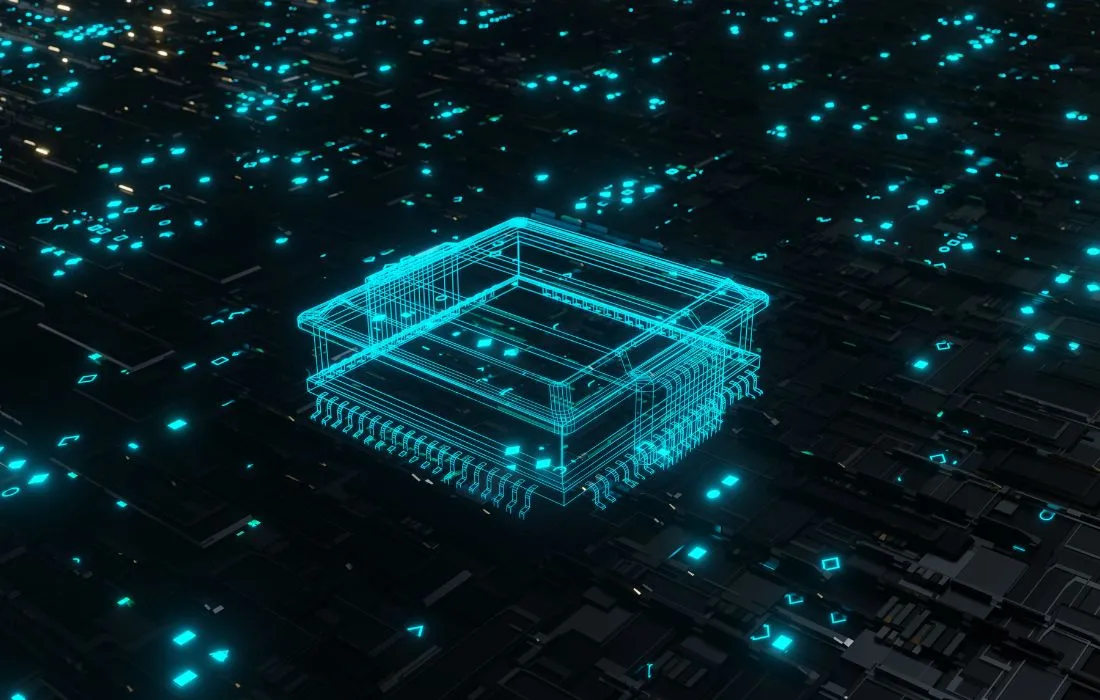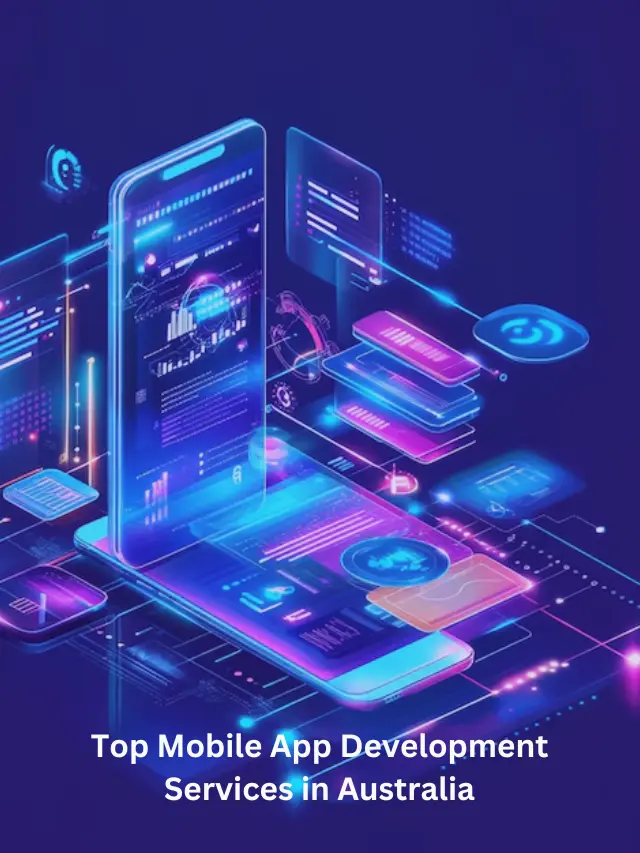The rapid rise of the Internet of Things (IoT) has created a landscape of interconnected devices that generate vast amounts of data. To harness the power of IoT and fully capitalize on its potential, businesses need to adopt technologies that ensure fast, reliable, and efficient data processing. This is where edge computing comes into play, offering a solution that can transform IoT applications by processing data closer to the source, reducing latency, and increasing overall efficiency.
What is Edge Computing?
At its core, edge computing refers to the practice of processing data near the “edge” of the network, rather than relying on centralized data centers or cloud-based solutions. This decentralized approach ensures that data from IoT devices, such as sensors, wearables, or smart machines, can be processed locally, which minimizes the time it takes to send data to distant cloud servers and receive a response.
By processing data at the edge, businesses can quickly analyze and act on information, which is critical for applications that demand low latency, such as autonomous vehicles, industrial automation, and real-time monitoring systems.
How Edge Computing Enhances IoT Performance
- Reduced Latency
One of the biggest challenges with traditional cloud computing in IoT ecosystems is the time it takes for data to travel from the device to the cloud and back. With edge computing, this issue is minimized, as data can be processed locally on the device or at a nearby edge server. This reduction in latency ensures that real-time applications, like remote monitoring or predictive maintenance, can function smoothly and without delays. - Increased Efficiency
IoT devices generate huge volumes of data. Sending all of this data to centralized data centers can strain network bandwidth and increase costs. Edge computing addresses this by filtering and processing data locally. Only relevant or summarized data is sent to the cloud, which helps optimize bandwidth and reduce network traffic. As a result, organizations can improve operational efficiency and save on costs. - Improved Security and Privacy
Sending sensitive data to the cloud increases the risk of potential breaches. With edge computing, sensitive information can be processed locally, reducing the need to transmit raw data over the internet. This enhances data security and privacy, as businesses have greater control over where and how their data is stored and transmitted. - Scalability for IoT Applications
As IoT networks grow, so do the demands for processing power and storage. Edge computing enables businesses to scale their IoT solutions without being limited by the constraints of a central data center. Localized processing power means that as more devices are added to the network, performance doesn’t degrade, and infrastructure costs can remain manageable.
Real-World Applications of Edge Computing in IoT
- Smart Cities: In smart cities, traffic management systems, public safety monitoring, and energy management rely on real-time data processing. Edge computing ensures that this data is processed locally for instant decision-making, leading to smarter, more efficient city management.
- Industrial IoT (IIoT): In manufacturing environments, edge computing allows for real-time machine health monitoring and predictive maintenance. By processing sensor data on-site, industrial systems can detect anomalies immediately and prevent costly downtime.
- Autonomous Vehicles: Self-driving cars generate large amounts of data that must be processed in real time to make split-second decisions. Edge computing plays a vital role in ensuring low latency, enabling vehicles to react quickly to environmental changes, enhancing safety and performance.
The Future of Edge Computing in IoT
As IoT devices become more ubiquitous and data volumes continue to soar, the role of edge computing will become even more critical. The integration of AI and machine learning at the edge will enable even more intelligent and autonomous systems. Moreover, with 5G networks set to expand globally, the potential for edge computing to deliver ultra-fast, low-latency connections will revolutionize industries across the board.
Conclusion
Edge computing is not just a trend—it’s a transformative force in the IoT landscape. By processing data closer to the source, businesses can enhance speed, efficiency, and security, unlocking the full potential of IoT applications. As technology evolves, edge computing will be a key enabler of innovation, helping organizations stay competitive in a data-driven world.
Stay updated on the latest in AI, automation, and tech innovations by exploring Content Utility. Learn how these new developments can benefit you and your business.

















